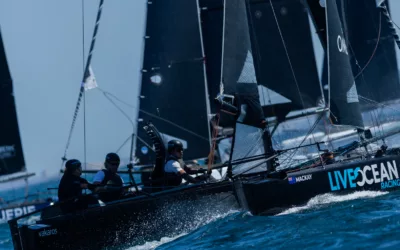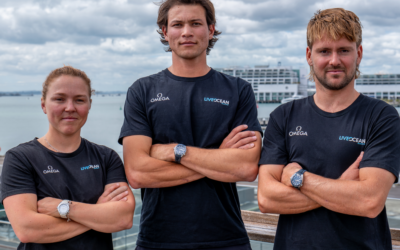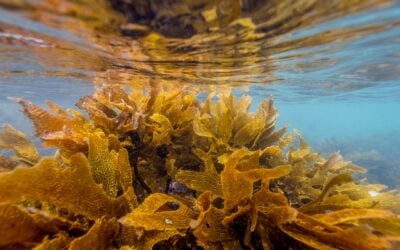New Zealand kicked off the project with the research team from the University of Auckland returning from their third and final voyage to the sub-Antarctic Maungahuka Auckland Islands.
This year we will be following the journeys of eight more of these amazing ocean voyagers as they head offshore to their summer feeding grounds.
Over the coming months, Australian, South African and South American research teams will also be collecting data and sharing it with the other scientists. This will provide critical insight and a global view into the world’s southern right whale populations, with live satellite data available to view from mid-August.
Live Ocean has supported Dr Emma Carroll’s research into the southern right whale in 2020, 2021 and now for a third and final year in 2022. As Aotearoa is a guardian to the planet’s most flourishing right whale population, this information will help inform a global view of how to look after them in the future as the ocean and climate changes.
Tohorā – southern right whales
They are the gentle giants of the whale world and New Zealand has the healthiest population of any country in the world. They are up to 18m and 80 tonnes but their curious and gentle nature meant they were the targets of early whalers. Whalers gave them their name, they were the ‘right whales’ to hunt because they are slow, float when dead and yield a lot of oil and baleen. They’re also incredible mums, and their babies are 4-5 metres long when born and grow up to 1 meter per month.
By about 1920 there were only about 40 of these whales left in Aotearoa. Many people thought they were extinct as they had retreated to the safety of the Auckland Islands to breed during winter and weren’t seen around the mainland coasts. With time, space and the ban on whaling, by 2009 there were 2000 estimated.
It’s one of New Zealand’s great conservation stories and now this research helps protect this really important species from a new threat, the changing ocean. Researchers didn’t know where they went when they left the Auckland Islands but thought from whaling records, they would go up the east coast of New Zealand towards the Kermadec Islands. Knowing where they go is important to help protect them including informing decisions on where shipping lanes go and where drilling may happen.
Whales and the carbon cycle
A healthy ocean plays a key role in reducing CO2 emissions and limiting global warming to 1.5°C. To do this we need to scale up action in protecting the ocean, its ecosystems, species and resources.
The International Monetary Fund (IMF) estimates that each great whale sequesters 33 tonnes of CO2, on average, taking that carbon out of the atmosphere for centuries. They also help produce phytoplankton. Even a 1% increase in phytoplankton productivity thanks to whale activity would capture hundreds of millions of tons of additional CO2 a year, equivalent to the sudden appearance of 2 billion mature trees.
Ocean-based solutions such as whale population protection and restoration, help us to mitigate and adapt to climate change and secure a healthy and productive ocean that contributes to a resilient, nature-positive and net-zero future.
For more information on the tohorā satellite tracking program, check out https://tohoravoyages.ac.nz/



